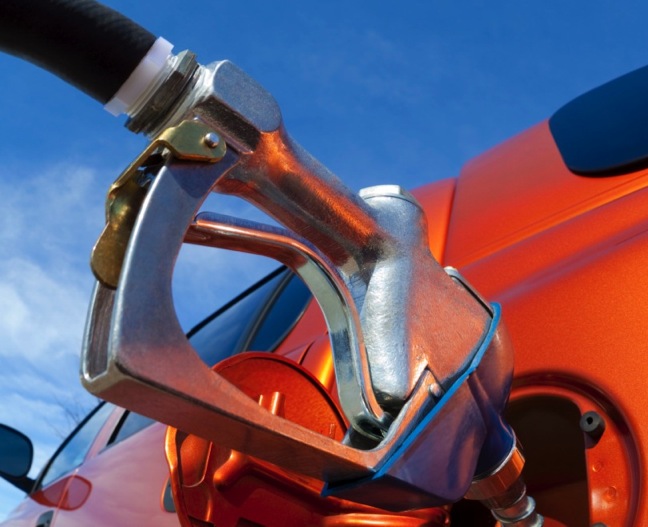According to a National Association of Convenience Stores (NACS) Consumer Fuels survey, consumer optimism has dipped in February, but Jeff Lenard, NACS VP of strategic industry initiatives, said it does not mean consumer spending is poised to suffer.
A turbulent stock market compounded by a 9-cent increase in gas prices lowered February consumer economic optimism by 5 percentage points to 60 percent—the lowest consumer economic optimism reported in the past six months.
The previous low (54 percent) was in September 2017 when Hurricane Harvey shut down one-third of the country’s refining capacity, and gas prices surged 28 cents in a single week.
Nationwide, 66 percent of consumers noticed that gas prices increased over the past month (from $2.50 to $2.59 during the reporting period); this mirrors the surge also seen in September 2017 when 82 percent of drivers noticed that gas prices increased. Overall, 77 percent of consumers surveyed in the latest Consumer Fuels survey said that gas prices impacted their feelings about the economy.
One in four drivers (24 percent) say they will drive more over the coming month, which is up five percentage points compared to one year ago (19 percent in February 2017). Younger consumers, those aged 18-34, are most likely to drive more in the coming month (39 percent).
Though consumers say they are likely to drive more over the coming months, they may not be spending more on typical household purchases (22 percent say they will spend less vs. 19 percent of those who say they will spend more, or eating more meals outside the home; 32 percent say they will dine out less vs. 19 percent of those who say they will dine out more).
“Consumers are still very optimistic in general, but there are some early warning signs for retailers. The question on the minds of most c-store operators today is whether increased traffic will lead to increased sales inside the store,” said Lenard.
The survey was conducted online by Penn Schoen Berland (PSB). A total of 1,501 U.S. adults who purchased fuel for a vehicle such as a car, truck or van at least once per month were surveyed Feb. 5-8.

